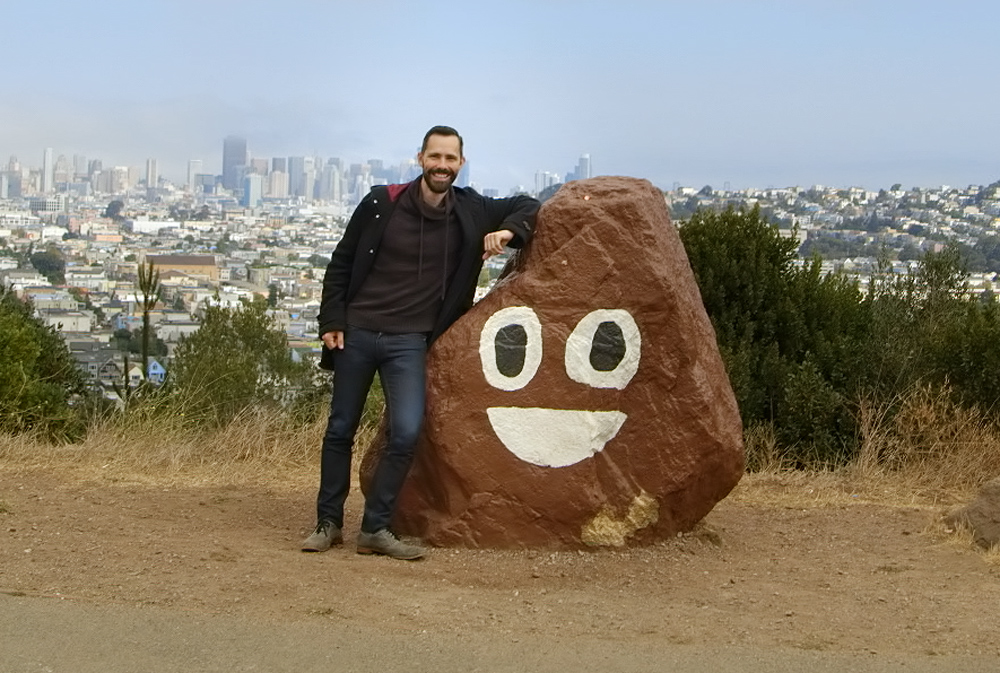Although it’ll inevitably be referred to as “the Emoji movie” as it plays film festivals, it is a small blessing for Ian Cheney and Martha Shane that title was already taken by the time they got around to making “Picture Character,” referring to the original Japanese definition of emoji, since it would be insufficient to describe all the directing duo wrap their arms around in charting what interface designer Shigetaka Kurita wrought when he created the cute code that could signal emotions on social media. Cheney, who previously extrapolated a compelling history of how a Chinese fried chicken dish reflected the larger assimilation-related anxieties of immigrants in “The Search for General Tso,” reteams with that film’s producer and journalist Jennifer 8. Lee and brings Shane, the co-director of “After Tiller,” into the fold for a globe-trotting adventure that is as fun as it is thoughtful in exploring the sensitivities involved in the ongoing creation of a new language right before our eyes.
While the symbols created by Kurita began as a way to simplify speech, born out of frustration with not being able to capture a mood with mere text, the widespread adoption of emojis as a common currency that can transcend borders has complicated matters considerably, making it subject to the purview of Unicode, a collective of major tech companies and government entities that exists to set the standard across all electronic devices to enable them to work with one another no matter what country they’re used in. Primarily, they deal in arcane technical matters, but every year, they are responsible for approving new emojis to add to the lexicon that will be integrated into all devices that are submitted by users from around the world, giving the opportunity to Cheney and Shane to craft a unique competition film in which a diverse range of applicants bid for better representation online by boiling their heritage or their beliefs down to a single image. For Florencio Coelho in Argentina, this means advocating for a steaming mug of mate, the national beverage of choice, to add to the end of her tweets, while in Berlin, 15-year-old Rayouf Alhumedhi’s annoyance with a lack of a hijab emoji for Muslims such as herself to use on Whatsapp has led to create one herself. Meanwhile, the British children’s rights nonprofit Plan International UK develops a concerted campaign to establish an emoji that would signify women’s menstruation.
Naturally, there’s inherent drama in watching any organization negotiating the uncomfortable position of becoming an arbiter of speech as well as the passionate activists fighting to be seen, but Cheney and Shane go beyond the application process for Unicode for a particularly fascinating exploration of the societal values that both inspire and shape the language we use on a daily basis, as well as the natural constraints of various means of communication. Even when bringing in linguists and tech experts, the film impressively grapples with the same issues that once bedeviled Kurita in taking something quite complex and making it accessible, entertaining and above all else, human, using the individual stories of Coelho, Alhumedhi and Plan International UK’s push for emojis to demonstrate the care and consideration that goes into every pixel of their proposals. In striving for recognition of something unique to their experience, they already share something in common, even if it isn’t a language and despite all the questions raised by “Picture Character” about the likelihood of creating a universal vocabulary that could offer something to everyone to express themselves fully, Cheney and Shane beautifully articulate how when words — and yes, emojis — fail us, there are still many ways to see ourselves in people we perceive as the other.
“Picture Character” does not yet have U.S. distribution.




